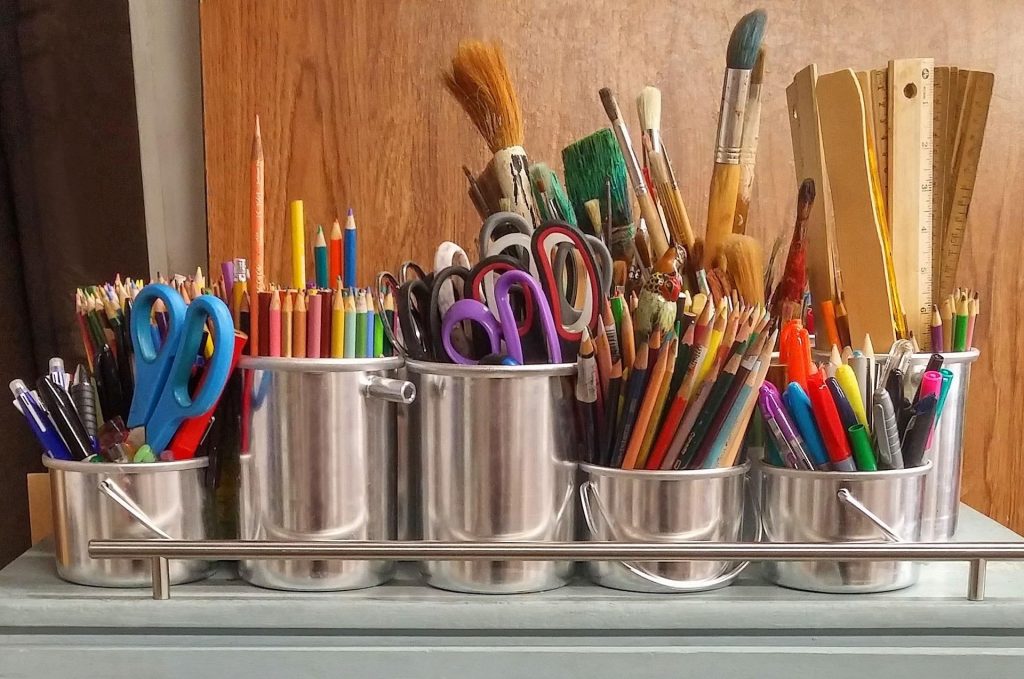Inclusion and school integration, two different realities:
In a permanent and indiscriminate way there is always talk of integration, inclusion, curricular adaptations, flexibility in the curriculum, inclusive policies and practices, in short, so many terms that generate confusion and more than confusion produce pain and doubts in the families of children or adolescents who have some kind of difficulty or disability.

School integration: each student receives the support they need.
What is understood by school integration?
“Process that allows the incorporation of children and adolescents with disabilities, to educational environments and resources together with students who do not have disabilities.” https://www.redalyc.org/pdf/2431/243131249010.pdf
What is meant by school inclusion?
“Process of identifying and responding to the diversity of needs of all students through greater participation in learning, cultures and communities, and reducing exclusion in education.” UNESCO
It is clear that integration and inclusion are two different concepts: inclusion is built on the participation and agreements of the family with the educational community.
Understanding this difference is important to analyze what we expect from school integration in order to care and protect the well-being and self-esteem of our children, and educate them in resilience.
There is a fundamental aspect that emerges from the inclusion process so that the model develops optimally and this is the active participation of the teaching staff, since their vision and positive attitude will undoubtedly enhance the process.
Teachers are in charge of motivating the learning processes in students, from a point of view of equity, cooperation and solidarity.
Starting from the principles of equity, cooperation and solidarity, we expect a process of equitable inclusion for our children that forms resilient and empathetic citizens of the world.
As parents, an inclusive school that focuses on problem solving and not on diagnoses or labels is expected, a school where there is space for everyone, without the need for stigmas and with equal opportunities, where they do not “disguise” nor are “hide” the limitations because after all, they are real.
Parents look for schools where all students learn within the same class regardless of their differences, where each one of the students receives the support they need.
What can we do as parents?
- Accept and understand the difference.
- Observe, respect, love and understand the child in front of us and put aside the diagnosis: the label.
- Leaving aside what we as parents consider is “the duty to be”.
- Understand that it is not necessary to “change” our children; each child has specific characteristics, thoughts, feelings, and behaviors.
- Prepare our children and provide them with the necessary tools to live within society.
- Teach them to find answers to challenges and everyday situations.
- Teach our children to take care of themselves.
- Maintain an optimistic and realistic attitude.
AND ABOVE ALL…. AND NEVER FORGET
Take care of the self-esteem of our children.
REMEMBER
Disability does not define you; how you cope with the challenges that disability presents you is what defines you”.
Jim Abbott
Let’s do it
For an integration process to be successful, it is essential to work together: school, parents and an interdisciplinary team or professionals in charge.
Tips to keep in mind:
- Promote the student’s self-esteem.
- Identify and understand student strengths and weaknesses in order to enhance school performance or behaviors that positively affect student development.
- Potentiate strengths.
- Carry out close and permanent monitoring.
- Constant support from the interdisciplinary or professional team in charge.
The accompaniment by an expert in the processes of school integration of our children is essential in order to achieve in an effective and balanced way triumphs and successes, and that these can be enjoyed by the family in an enriching and purposeful manner.
Our professional experience has taught us that the basis of the success of inclusion is in the joint effort of the family, the interdisciplinary team and the school.
Inclusion is a wonderful challenge that generates different feelings in the family; with adequate support and teamwork, this process will undoubtedly be enriching for all members of society.
REMEMBER AND DON’T FORGET
“Disability does not define you; how you cope with the challenges that disability presents you is what defines you”.
Jim Abbott
